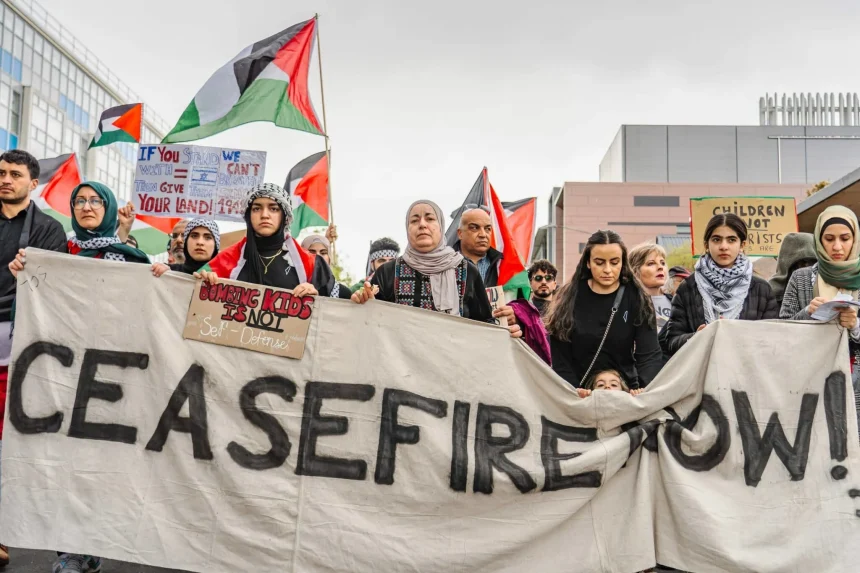In a significant development, Israel’s cabinet has approved a ceasefire agreement with Hamas, set to commence on January 19, 2025. This decision follows 15 months of intense conflict that has resulted in over 46,000 Palestinian deaths and widespread devastation in the Gaza Strip.
Ceasefire Agreement Details
The ceasefire, brokered by Qatar with involvement from both outgoing U.S. President Joe Biden’s administration and President-elect Donald Trump’s team, is structured in three phases:
- First Phase (42 days):
- Hostage and Prisoner Exchange: Hamas will release 33 hostages, including all remaining female captives and men over 50. In return, Israel will free over a thousand Palestinian prisoners, releasing 30 prisoners for each hostage.
- Israeli Military Withdrawal: Israeli forces will begin withdrawing from northern Gaza, allowing displaced Palestinians to return to their homes.
- Humanitarian Aid: Israel will permit the entry of 600 aid trucks into Gaza daily to address the humanitarian crisis.
- Second Phase:
- Focuses on the release of remaining male hostages and the complete withdrawal of Israeli troops from Gaza.
- Third Phase:
- Involves the exchange of bodies of deceased hostages and comprehensive efforts for the reconstruction of Gaza.
The international community has welcomed the ceasefire, with leaders urging its full implementation and an increase in humanitarian assistance to Gaza.
Continued Strikes Despite Ceasefire Announcement
Despite the announcement, Israeli airstrikes on the Gaza Strip have persisted, resulting in at least 46 fatalities shortly after the ceasefire was publicized. These actions have raised concerns about the durability of the truce and the potential for further escalation before the ceasefire takes effect.
International Reactions
The ceasefire has been met with cautious optimism globally. Outgoing President Joe Biden and President-elect Donald Trump have both expressed support for the agreement, highlighting the collaborative efforts in reaching this resolution. European leaders, including French President Emmanuel Macron, have also welcomed the truce, emphasizing the need for sustained peace and humanitarian relief in the region.
Challenges Ahead
While the ceasefire offers a glimmer of hope, several challenges remain:
- Implementation: Ensuring both parties adhere to the terms of the agreement is crucial for lasting peace.
- Humanitarian Concerns: The extensive destruction in Gaza necessitates significant international aid and reconstruction efforts.
- Political Dynamics: The transition between U.S. administrations and internal political pressures within Israel and Palestine could influence the ceasefire’s stability.
As the January 19 commencement date approaches, the world watches closely, hopeful that this ceasefire will mark the beginning of a sustained peace and the alleviation of the humanitarian crisis in Gaza.











